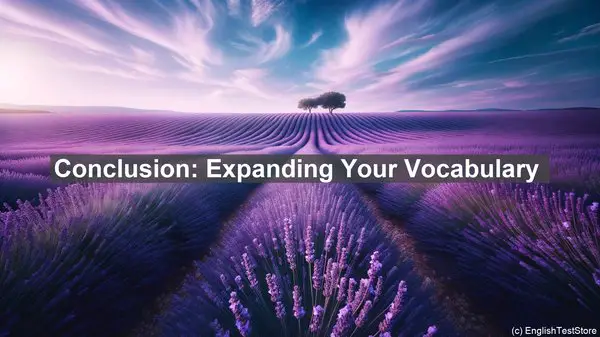Introduction: The Power of Verbs
Welcome to our lesson on the top 10 verbs for talking about urban design and sustainable city planning. Verbs are the action words that bring life to any conversation. When it comes to urban planning, these verbs play a crucial role in shaping the future of our cities.
1. Design: The Foundation
Design is at the core of urban planning. It involves creating blueprints, layouts, and visual representations of how a city should look and function. Urban planners design everything from parks and streets to buildings and transportation systems.
2. Assess: Evaluating the Present
Before making any changes, it’s essential to assess the current state of a city. This involves analyzing its infrastructure, demographics, and environmental impact. By assessing, planners can identify areas that need improvement or preservation.
3. Integrate: Connecting the Dots
Cities are complex systems with various components. The verb ‘integrate’ refers to the process of bringing these components together seamlessly. For example, integrating public transportation with residential areas ensures accessibility and reduces traffic congestion.
4. Preserve: Honoring the Past
While urban planning focuses on the future, it also values the past. ‘Preserve’ means protecting historical sites, cultural landmarks, and natural resources. This ensures that a city’s heritage is safeguarded for future generations.
5. Engage: Involving the Community
Urban planning is a collaborative effort. ‘Engage’ refers to actively involving the community in decision-making processes. This can be through public consultations, workshops, or online platforms. By engaging citizens, planners gain valuable insights and ensure inclusivity.

6. Prioritize: Making Choices
With limited resources, urban planners often face tough decisions. ‘Prioritize’ means identifying the most pressing issues or projects and allocating resources accordingly. This ensures that the city’s needs are addressed effectively.
7. Sustain: Balancing the Ecosystem
Sustainability is a key aspect of modern urban planning. ‘Sustain’ involves creating cities that are environmentally friendly, socially equitable, and economically viable. This can include initiatives like green spaces, renewable energy, and affordable housing.
8. Regulate: Setting Standards
To maintain order and quality, urban planning requires regulations. ‘Regulate’ refers to the process of establishing rules and guidelines for construction, zoning, and other aspects. These regulations ensure that development aligns with the city’s vision.
9. Monitor: Tracking Progress
Urban planning is an ongoing process. ‘Monitor’ involves regularly assessing the impact of implemented projects or policies. By monitoring, planners can make adjustments if needed and ensure that the desired outcomes are achieved.

10. Innovate: Embracing the Future
The field of urban planning is ever-evolving. ‘Innovate’ means embracing new ideas, technologies, and approaches. From smart cities to sustainable materials, innovation plays a vital role in shaping the cities of tomorrow.
